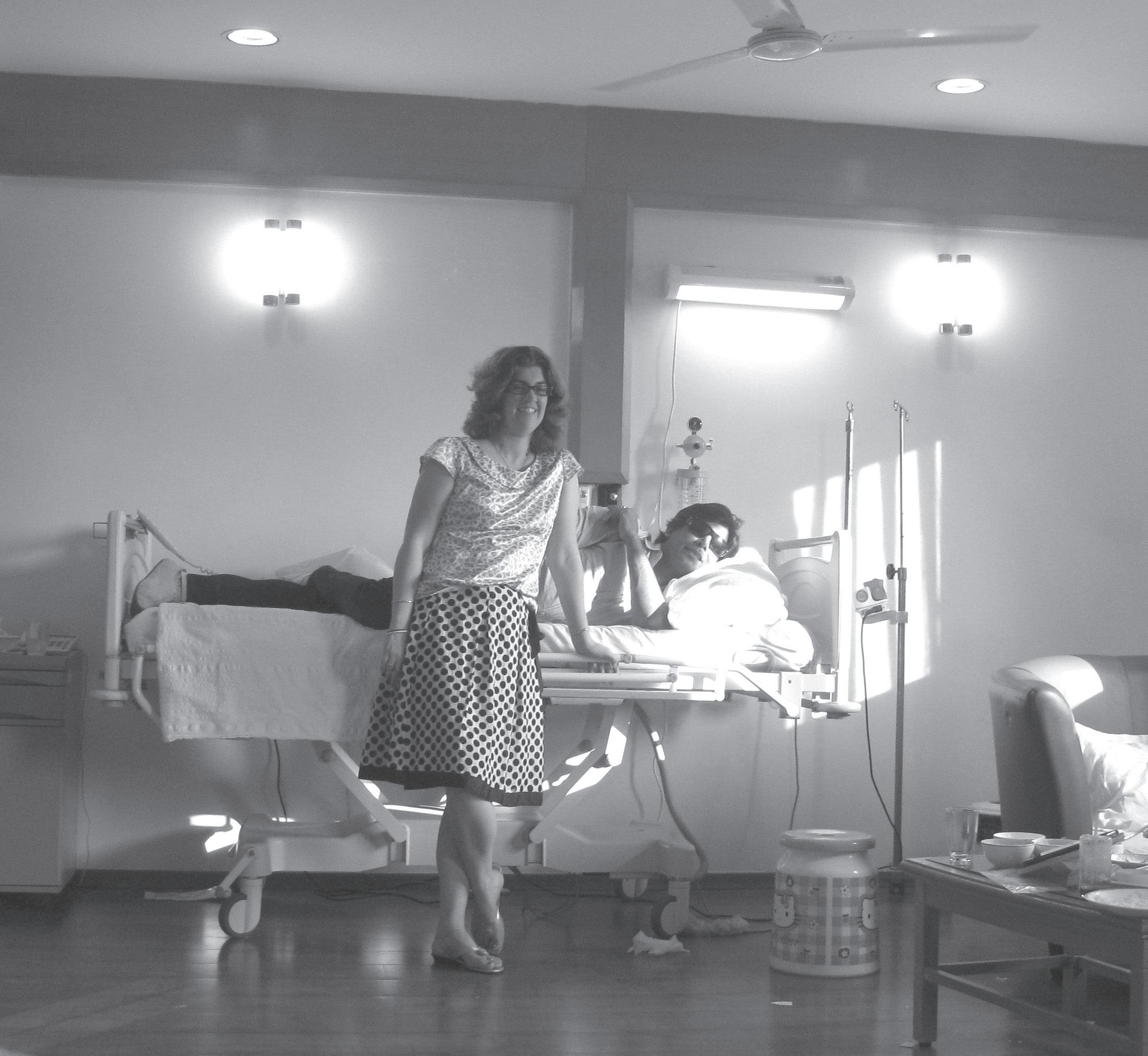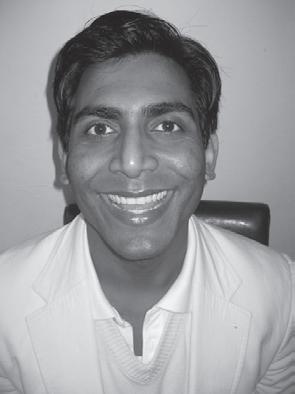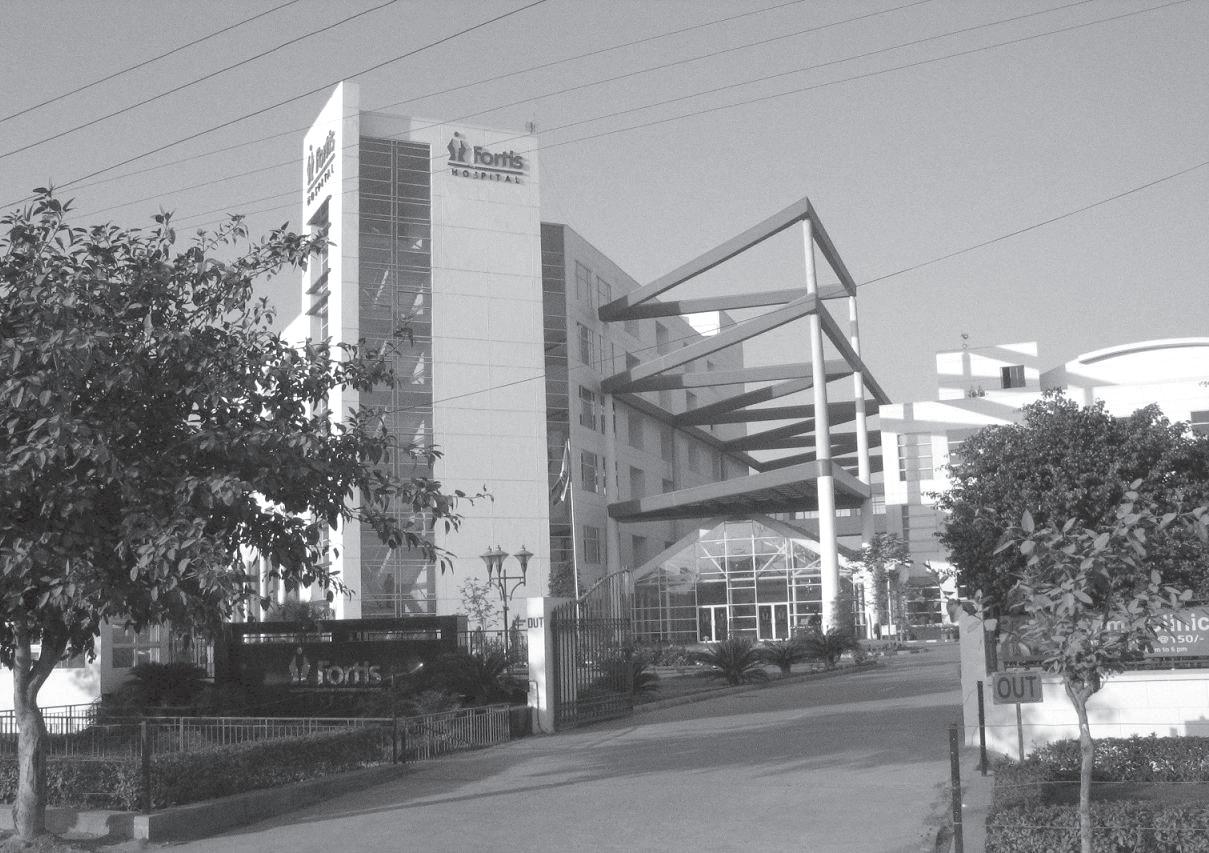
3 minute read
Modern healthcare, the Indian
from 2010-02 Sydney (1)
by Indian Link
Indranil Halder

the current healthcare industry in India, and its amazing progress and development
India’s knowledge and practice of treating patients is an art that the country has been familiar with for many thousands of years. There is evidence from remains of the Indus Valley civilization (3300BC) that indicate teeth being drilled back into the jaw. Descriptions of plant-based medicine in the second millennium BCE is found in sacred Hindu and Indian texts called the Atharvaveda. There are even descriptions of some 300 surgical procedures, classification of human surgeries and 120 surgical instruments by Sushruta, a renowned Indian surgeon in the 6th century BC, who is also known as the father of plastic and cosmetic surgery. His text, the Sushruta Samihta speaks of a glorious subcontinent that was well advanced in patient healthcare.
But unfortunately instead of developing further, the Indian healthcare system came to a stop because of the caste system. According to learned scholars in Kolkata, the caste system was responsible for rejecting well developed Indian surgical and medication practices, as high caste physicians would not touch the bodies of patients from the lower castes.
In this century, India is heading towards becoming the country of the decade with growth in business not only in IT and outsourcing, but also in the healthcare market. With faster development in hygiene conditions, water and the quality of air, India has the potential to cater for a healthy environment for all its citizens.
I had a hands-on experience of the current healthcare system and its immense potential when visiting Kolkata recently. My daughter fell ill with severe dysentery and was admitted into the Kolkata Apollo Gleneagle Hospital, to prevent dehydration. Our experience was a unique one. I also realised the importance of taking out travel insurance, which covered our medical expenses and kept us in daily communication with a nursing team from Queensland, to make sure the patient got better.
Apollo Gleneagle Hospital has a large signboard promoting medical tourism, with a foreigner testifying the hospital’s facility and staff services. The emergency department was very clean and tidy and contained patients suffering from cardiac conditions, gastroenteritis or respiratory illnesses. The management staff diligently accommodated patients in the almost-full hospital.
Several local private and government hospitals have managed patient care in the city and state so far, but a change is sweeping through Kolkata. Several new hospitals are being built, many in collaboration with overseas hospital businesses, to ensure world-class facilities. Moreover, as foreign companies are providing employees with health insurance, the awareness of better healthcare is slowly touching the lives of ordinary citizens. Medical institutions such as ColumbiaAsia Hospital, Peerless Hospital and BC Roy Research Centre, Ruby Hospital, AMRI Hospital are some that offer top-notch services like highly sophisticated operating theatres, high dependency units and well-trained healthcare professionals who have trained overseas.
My daughter was placed in the platinum wing of the Apollo Hospital and nurses from Kerala, Manipur and Tamil Nadu shared the task of looking after her. The room was spacious with an automated high-quality hospital bed, sun bed and proper diagnosis equipment. There were constant recommendations from the pediatrician and dietician, which helped her recover sooner.
I was surprised to know that the specialist attending my daughter had just returned from the US. This seems to be a trend as many doctors and specialists who were practicing in the US and UK are now treating patients in India as their western experience and Indian qualifications give them the best of the both worlds.
I watched a busload of nurses arrive in the early hours of dawn, while others left after their night shift. They reminded me of air hostesses, but the hospital was their plane as they assisted on the flight towards better healthcare. The
Nursing College. There are many such young nurses who earn an excellent monthly salary, and provide for their families.
Although it was also visible that the cost of the excellent care is still not within the reach of everybody, it is still important to realise that it is slowly reaching everybody.
The Indian medication administered to my daughter was of high quality. Newspaper reports have been flaunting the bullish growth of the Indian pharmaceutical industry within the past five years. The Indian pharmaceutical market is seen as a part of the emerging market, which is growing fast at 15% compared to mature markets (5%). According to the global pharmaceutical industry, companies such as Pfizer, GSK or Novartis lined up for revenue through research and development, and are gearing up for stronger business growth through generic business, as well as market penetration through collaboration.
The Indian generic market is a strong leader and slated to become world-class in its own right. Ranbaxy has recently been purchased by Japanese pharmaceutical giant Daiichi Sankyo for $4.6 billion, and the collaboration of Pfizer with Aurobindo Pharma, an Indian generic company, will lead the way for Pfizer to sell several of its generic drugs. Pfizer has become the latest brand-name drug maker looking to expand in a generic market with Indian-manufactured medication. This growth is sweeping through the Indian clinical research industry, biotechology and medical devices industry.
It was an impressive experience to review and understand the healthcare industry in India which is defining the country and her spirit. With the new breed of young graduates and their management skills, the excelling of professional healthcare workers and the availability of sophisticated medical facilities, India is ready to care for her people in the best way possible. It is this combination that will make India a true global player in the healthcare industry and keep up its reputation as the ancient epicenter of healthcare.













